NEW YORK (Reuters Health)—The recombinant shingles vaccine (RZV) is associated with an increased risk of gout flare, and a new study suggests other vaccines may trigger flares as well, researchers say. “Our findings are novel because for the first time, we have identified a trigger for gout flares that presumably acts through [an inflammatory] pathway,…

Improved Pregnancy Outcomes for Women with SLE
Recent research indicates that previous concerns about mortality associated with pregnancy in women with SLE may no longer be applicable. In the study, researchers found a significant decline in the in-hospital maternal mortality rate of women with SLE and a decrease in their length of non-delivery related hospitalization over the past two decades…
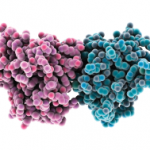
In Mouse Model, a TLR-9 Deficiency May Trigger Severe Lupus
Toll-like receptors play an important role in host defense. TLR-7 recognizes viral ssRNA, but also plays a role in the development of systemic lupus erythematosus (SLE). Genetic ablation of a similar receptor, TLR-9, results in opposite effects, with severe disease and kidney involvement. The mechanism of how this works remains unknown. Anna-Marie Fairhurst, PhD, from…
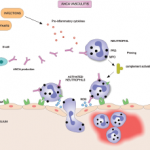
Study Probes Whether Belimumab Can Lower Vasculitis Relapse Rate
In an international clinical trial, adding the drug belimumab to standard maintenance therapy for patients in remission with vasculitis did not lower the relapse rate. The double-blind, placebo-controlled study evaluated the safety and efficacy of belimumab as adjunctive therapy to maintain remission in anti-neutrophil cytoplasmic antibody (ANCA) associated vasculitis (AAV). Results of the multi-center, industry-sponsored…
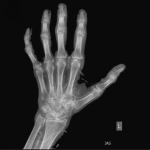
Case Report: Not All Crystals Are Gout
Patients with chronic kidney disease (CKD) often experience joint pain due to various etiologies, including crystalline arthropathies, renal osteodystrophy, amyloid arthropathy, erosive osteoarthritis, avascular necrosis and even erosive spondylarthrosis.1 Below, we present a case of crystalline arthropathy in a patient with chronic kidney disease, mistaken for gout. The Case A 29-year-old man was admitted to…
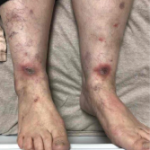
Case Report: RA Patient Suffers Methotrexate-Induced Cutaneous Lesions
Methotrexate (MTX) remains the predominant medication used by rheumatologists to treat rheumatoid arthritis (RA). Doses of 7.5–25 mg per week with daily folic acid are generally prescribed. Despite its common use, MTX must be prescribed cautiously given the potential adverse effects when taken incorrectly or without folic acid supplementation. Cases of MTX-induced cutaneous ulceration have…
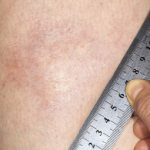
Study Probes New Gene Therapy for Severe, Localized Scleroderma (Morphea)
In September 2018, the U.S. Food & Drug Administration (FDA) granted fast-track status to FCX‑013, a gene therapy product developed to treat moderate to severe localized scleroderma (morphea). Previously, the treatment received an orphan drug designation for localized scleroderma, as well as a rare pediatric disease designation. Phase 1 and 2 studies will assess safety…
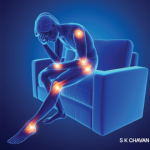
Case Report: A Patient Helps Diagnose Familial Mediterranean Fever
Autoinflammatory diseases are genetically diverse, but clinically similar, conditions distinct from autoimmune illnesses, such as systemic lupus erythematosus or rheumatoid arthritis. Clinically, they are defined by recurrent episodes of inflammation that follow a characteristic pattern each time they occur. Some have a set length of time during which fever, peritonitis or arthritis manifest. Others are…
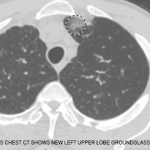
Case Report: Could Myocarditis + Shortness of Breath = EGPA?
Eosinophilic granulomatosis with polyangiitis (EGPA), also known as Churg-Strauss syndrome or allergic granulomatosis and angiitis, is a rare small- and medium-vessel vasculitis. This disease was first described by American pathologists Jacob Churg and Lotte Strauss in 1951.1 Although the vasculitis is often not apparent in the initial phases of the disease, EGPA can affect any…
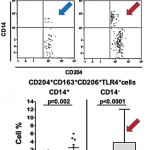
New Studies Identify Possible Markers of Early Systemic Sclerosis
Although the true cause of systemic sclerosis (SSc), or scleroderma, remains unknown, researchers have made progress in detecting the autoimmune disease’s early presence. Beyond the physiological signs of Raynaud’s phenomenon, a capillaroscopy can detect alterations in microcirculation and lab tests can confirm the presence of telltale autoantibodies, such as anti-topoisomerase 1, anti-centromere and anti-RNA polymerase…
- « Previous Page
- 1
- …
- 109
- 110
- 111
- 112
- 113
- …
- 336
- Next Page »